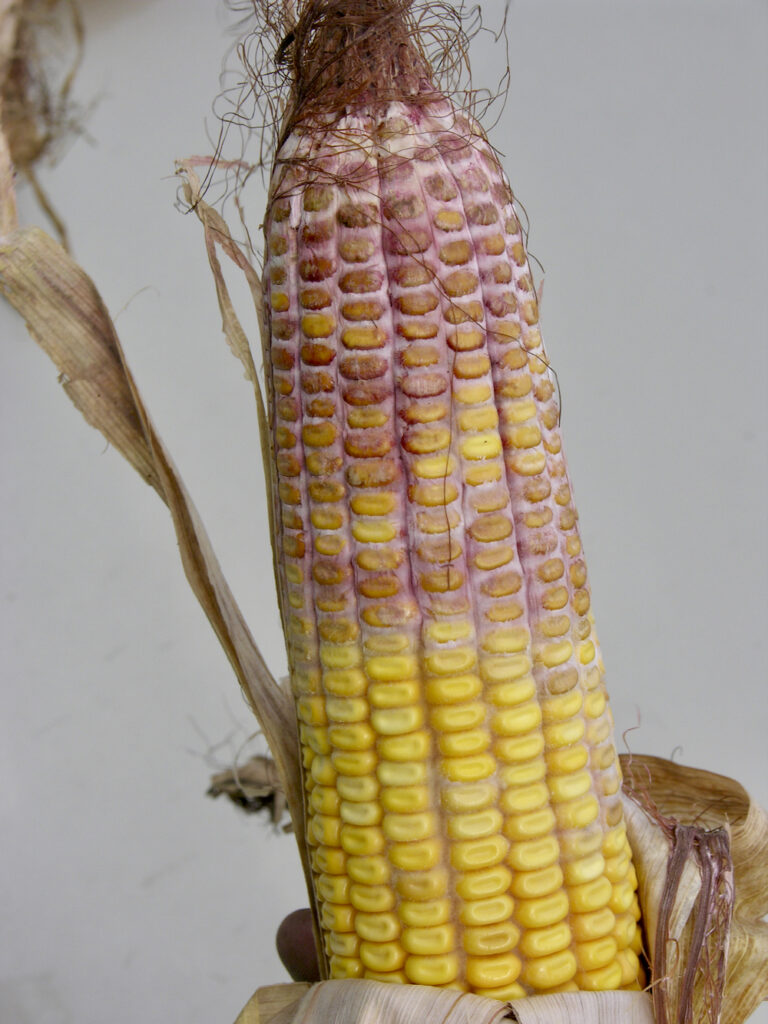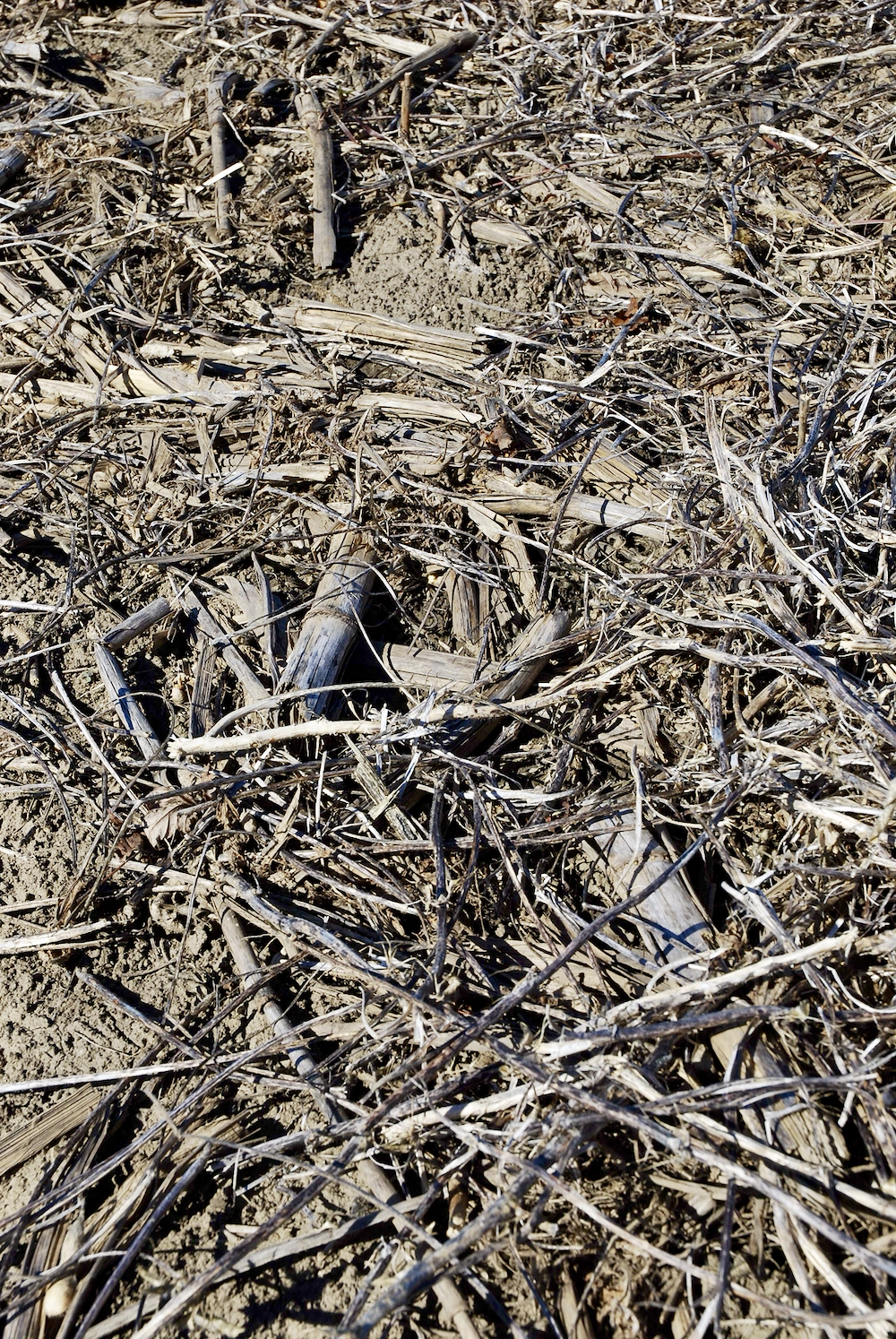Mycotoxin situation returns in 2023

Before the planter or drill rolls into a field, there’s hope that rain and sun will be timely and sufficient, that weeds, diseases and insects will be minimal and commodity prices will provide the right finish to the growing season.
Read Also

Nitrogen use in corn re-examined
When it comes to nitrogen use in corn, it’s always been a question of how much to apply. University of…
Then reality sets in.
That’s the scenario in most years and 2023 was no different. Growers had record corn yields in some locations but the season was capped by wet weather at harvest and concern that deoxynivalenol (DON) levels would be as severe as they were in 2018.
Why it matters: Mycotoxin levels in corn were higher than average in many regions in 2023.
According to Ben Rosser, corn specialist with the Ontario Ministry of Agriculture, Food and Rural Affairs, DON levels were higher than what most growers would normally see, particularly in southwestern Ontario.
“But like most years, and especially higher than average years, the levels were highly variable depending on regions, hybrids and other factors,” says Rosser. “Overall, I don’t think it’s (another 2018), though perhaps locally or for some growers, the experience might be similar.”
Comparing years
The 2018 mycotoxin infection was a benchmark for two reasons, says Don Kabbes. First, it was a worse year for DON and vomitoxin than 2023, and secondly, 2018 was the first year the elevator system in Ontario implemented DON testing on each load.
That year’s harvest saw acute levels of DON but this year it seemed to be more chronic and in line with expectations of a one-in-five-year frequency.
“The variance from load to load was huge in 2018, whereas this year, it’s less,” adds Kabbes, general manager of Great Lakes Grain based in Chatham.
“With that said, we are seeing some spikes in many areas, yet the overall average seems to be lower than in ’18 and I would say the percentage of growers who have unmarketable grain is much lower, as well.”
Kabbes believes discounts this year were similar to those of five years ago, so as a percentage of the total crop, it’s slightly less. Early in December, the cash price on a bushel of corn was $5.58 and it was $4.45 in early November 2018.
“The impact based on costs to grow the crop may seem greater, as the net revenue to the grower is less as the cost to grow the crop has increased,” says Kabbes. “But we didn’t have the testing equipment then. Hopefully we get through it, and as Dale Cowan says, it’s a chronic issue this year, not acute. I started in 1983, which was a high DON year, as well.”
Some growers, particularly those in the extreme southwest of Ontario, were caught with parts of fields or whole fields of corn still standing into December and might have considered leaving it to dry down over winter.
The problem there, says Kabbes, is whether frost will affect mycotoxin levels and with high-moisture corn, allowing it to dry in the field could enhance mycotoxin growth under the “right” conditions.
The seed industry is also better at screening out susceptible hybrids, although growers with high-yielding crops are harvesting upward of 250 bu./acre. To hit that mark, they’re relying on higher planting densities, which do more to create the ideal environment for moulds like gibberella ear rot, the primary disease behind the mycotoxin situation this year and in 2018.
Digging into the situation
One key difference between then and today is variability during the testing process. In 2018, there were reports of some elevators rejecting loads, only to have a grower find a home for harvested corn at another facility.
To test that variability, Art Schaafsma and Dave Hooker from the University of Guelph’s Ridgetown Campus conducted research into how the loads were being assessed.
“They found that probing trucks and wagons produced some variability, but relatively small levels versus other steps in the process, with the assumption that enough probes were taken,” says Rosser.
“The test kits themselves are accurate, assuming they’re run correctly, though readings by kit can vary a bit.”
For example, some kits appear to detect DON conjugates, which can occur when plants add compounds to DON mycotoxins to detoxify them. Others kits do not, notes Rosser.
But the greatest source of variability occurred when a subsample of whole kernels (roughly 200 grams) was collected for analysis from a bulk probe sample of about two kilograms. Whole kernels are coarse, highly variable for DON and don’t necessarily represent the levels in bulk probe samples when taken as a subsample.
“Grinding the entire bulk sample, even coarsely, then taking a 200 gram sample would do a better job representing the bulk sample,” says Rosser, adding that sample would include parts of all kernels in the two kilogram sample and be representative of the load.
“However, most grinders don’t have the ability to quickly grind two kilograms of wet corn and this would quickly create a bottleneck in delivery.”
There has been work by Schaafsma and Albert Tenuta, field crops pathologist with OMAFRA, and the Grain Farmers of Ontario to develop a mill to accomplish this grinding process and speed the timing. Solving this issue would reduce the variability observed during testing corn loads.
Source: Farmtario.com

